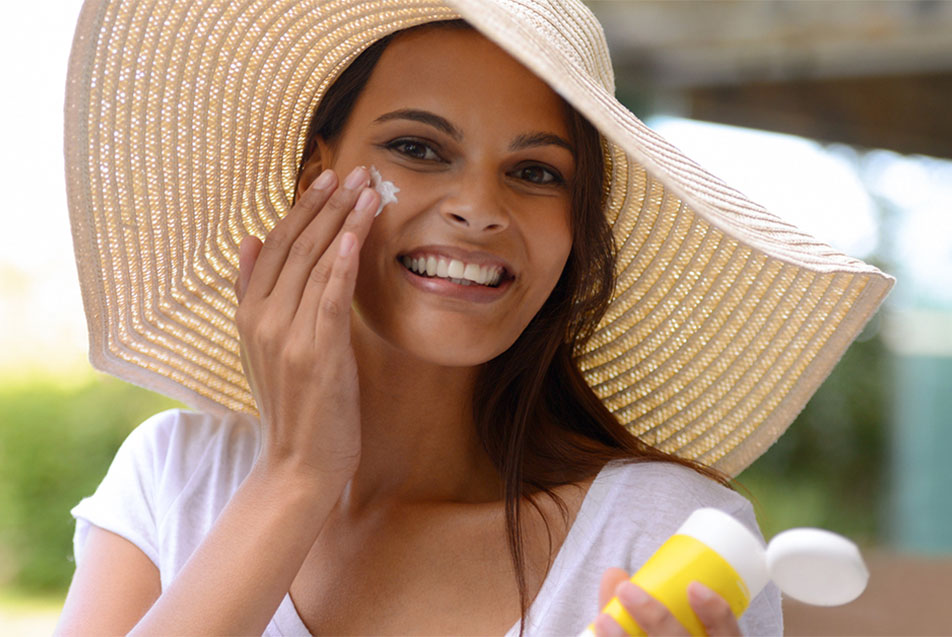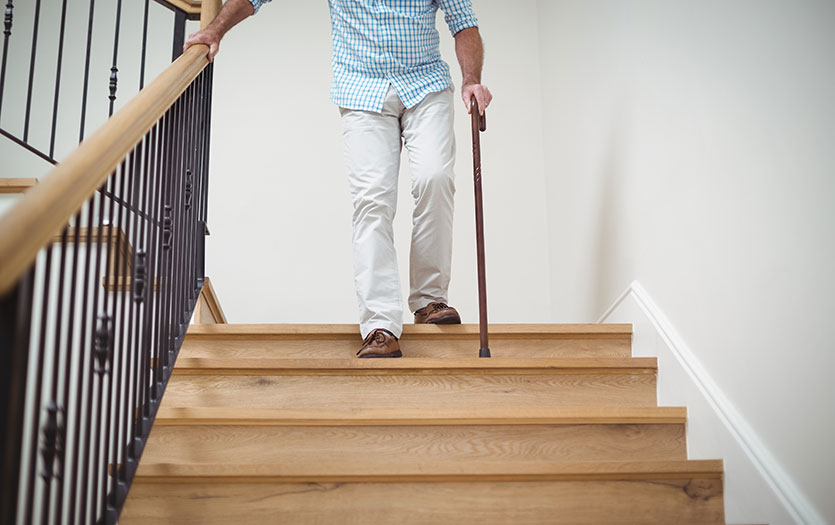Parkview experts are here to answer your follow=up questions to warm-weather skincare.
Q. There was a report recently of a child suffering second-degree burns after using a spray sunscreen. Is that possible?
That’s the first I’ve heard of that, so I wouldn’t say it’s a common side effect. Millions use it every day and don’t see second-degree burns. I will say, with aerosol spray sunscreens, we see people miss portions of their skin and then have a 0 sense of what’s covered. They stay out too long and get burns, and even second-degree burns.
Q. Which is better, a spray or a cream?
If used as directed, there is no difference between a spray and a cream. But most of us don’t use the product like they did in the lab. We think it’s on our skin but the wind carries some away naturally. I like to spray it in my hand and then rub it on my skin. I would not use spray on a child’s face. We don’t want them inhaling that. Use a sunscreen stick to get it exactly where you need to get it.
Q. When it comes to SPF, is the highest protection the best?
An SPF of 30 is the baseline. You always want to hit at least that. There’s a big difference between SPF 5, which is what skin already gets naturally, and SPF 30, but then when you get to SPF 50 and 100, there isn’t a huge change in the amount of protection you get. Because we don’t always use products as directed or apply enough, you get a little extra benefit from an SPF of 50. Be sure to use a shot glass-size amount (about 1 ounce) and reapply every 1.5-2 hours.
Q. Are sunscreen ingredients like oxybenzone dangerous?
There are claims that oxybenzone can have a negative impact on reproductive organs and disrupt hormone production, but there aren’t really any scientific studies that show this. There is no direct causation at this time. We do know 100 percent, however, that ultraviolet radiation causes cancer. So, even if there is a slight risk, which we can’t show right now, your risk for skin cancer is much higher and much more dangerous. If it does worry you, there are plenty of products without oxybenzone, so just choose one of those.
Q. Is it OK to get a little color (a tan) as long as you’re wearing sunscreen?
No, you should not be getting a tan. If you get color, that’s your skin telling you there’s DNA damage to the skin cells. The skin is responding to damage to protect itself.
Q. What if someone doesn’t burn?
We still see skin cancer in people who don’t burn. They’re still exposed to ultraviolet radiation, which causes direct damage to skin cells.
Q. What’s the difference between sunscreen and sunblock?
Sunscreen will typically absorb the sun’s energy and covert it so skin cells don’t get damaged. Sunblock physically blocks rays. I use sunblock on younger kids because sunscreen burns in their eyes. Also, sunblock can be better for those with irritable skin.
Q. Who is most at risk for skin cancer?
People with fair skin, blue eyes, and blonde hair are at a higher risk, but anyone is really at risk for developing cancer.
Q. Why does the sun cause wrinkles?
There’s a breakdown of the support structure in the skin. UVA in particular leads to wrinkles and skin damage.
Q. Are tanning beds better than direct sun?
Tanning beds are actually more harmful. They have more direct UVA rays. UVB rays typically cause burns, but UVA rays penetrate deeper into the skin, which causes wrinkles and damage to the collagen in skin. People think, since they aren’t burning, they’re safe, so they expose themselves longer. Tanning beds are actually a Class 1 carcinogen, like cigarettes.
Q. When should someone go see the doctor?
If they have moles that are changing, bleeding, itching, getting bigger, especially in diameter. If the color is odd or black or it has multiple colors. Other types of skin cancer can look like red scaly spots. If it doesn’t go away, you should be seen.




